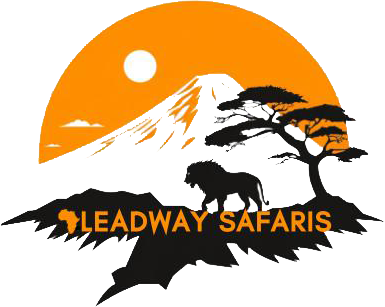Personalized Tours for Exceptional Experiences in Tanzania
Best Time for a Safari:
Dry Season (June to October): Ideal for wildlife viewing as animals gather around water sources.
Rainy Season (November to May): Great for seeing migratory birds and lush landscapes.
Wildlife to Expect:
The Big Five: Lion, elephant, buffalo, leopard, and rhino.
Other notable animals: Cheetahs, zebras, giraffes, hippos, and more.
Annual Wildebeest Migration: A spectacular event in the Serengeti.
Accommodation Options:
Luxury Lodges: High-end comfort and amenities.
Tented Camps: Semi-luxurious experience with a closer feel to nature.
Budget Camping: Affordable options with basic facilities.
Visa Requirements:
Most visitors need a visa, which can be obtained on arrival or in advance from a Tanzanian embassy.
Packing Essentials:
Clothing: Comfortable, breathable fabrics in neutral colors (khaki, beige, olive green).
Extras: Hat, sunglasses, sunscreen, and insect repellent. Dress in layers due to varying temperatures.
Vehicles Used:
Most safaris utilize 4×4 vehicles with open roofs for optimal wildlife viewing. Some tours may include small planes or boats for specific experiences.
Safety Considerations:
Tanzania is generally safe for travelers. Follow your guide’s advice and take basic precautions, such as securing your valuables.
Food on Safari:
A variety of cuisine is typically offered, including local dishes and international options. Vegetarian and special dietary needs can usually be accommodated with advance notice.
Physical Fitness:
Some safaris may involve physical activities like walking or hiking. Discuss your fitness level with your tour operator to ensure activities suit your capabilities.
Combining Activities:
Safaris can be combined with other experiences, such as hiking Mount Kilimanjaro, relaxing on Zanzibar’s beaches, or visiting Maasai villages. Many tour operators offer combination packages.
